Early warning is considered the most effective measure to limit damage from natural disasters. Research shows that with 24-hour warning, damage can be reduced by about 30% compared to no warning. As climate change increases the frequency and severity of storms, heavy rains, floods, flash floods, landslides, thunderstorms and lightning, the role of early warning becomes more important.
In Vietnam, following the direction of Resolution No. 57-NQ/TW on breakthroughs in science, technology and innovation, the Meteorological and Hydrological sector has gradually applied AI, Big Data and digital transformation in monitoring and forecasting. Since the beginning of 2025, the Department of Meteorology and Hydrology ( Ministry of Agriculture and Rural Development ) has deployed AI applications in some stages of the forecasting process. Machine learning algorithms are trained from radar data, satellite images and automatic monitoring, helping to provide short-term rainfall forecasts with fast and highly detailed responses.
For storm forecasting in the East Sea, AI supports satellite image analysis to identify the center of the vortex, assess the intensity and development trend of the storm, and provide important information to forecasters. These systems are in the process of being completed, expanded training, and integrated into forecasting operations. Thanks to that, authorities can continuously monitor the weather and environment, thereby issuing early warnings and timely response measures, protecting people's lives and property.
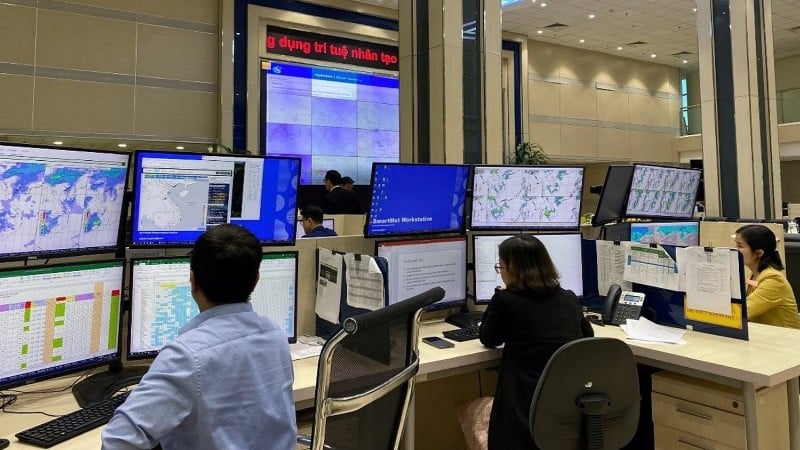
Forecasters analyze data on the smartmet system to serve the issuance of forecast bulletins and early warnings of natural disasters at the National Center for Hydro-Meteorological Forecasting.
Mr. Mai Van Khiem, Director of the National Center for Hydro-Meteorological Forecasting, said: “During this year’s storm and flood season, AI has been used in monitoring and forecasting, achieving higher accuracy than traditional tools. The 24-hour error in the storm center’s location is about 90-110 km, consistent with the regional average. AI helps to combine probability and uncertainty assessments, supporting disaster prevention decisions.”
For heavy rain forecasts, the WRF model and regional ensembles performed quite well for widespread rain, but still faced challenges with short-term localized rains in complex terrain. Meanwhile, thunderstorm, tornado, and lightning warnings combined with weather radar, satellite imagery, and nowcasting algorithms have helped issue warnings 30 minutes to 3 hours in advance in many key areas.
However, according to the leader of the Hydrometeorological Department, Vietnam's forecasting capacity and monitoring system are still limited compared to Japan, China or South Korea. Budget resources are still difficult, IT infrastructure is not synchronized, there are not many monitoring stations, while AI processing requires large computing infrastructure, fast processing chips and a team of high-quality experts.
In the face of increasingly complex climate change, modernizing hydrometeorology and improving forecasting and early warning capacity is essential. This is considered the first line of defense in preventing and mitigating natural disaster risks.
In the coming time, the Meteorological and Hydrological sector will focus on implementing a comprehensive innovation plan, improving forecasting and warning capacity, effectively serving the work of natural disaster prevention and sustainable development. The focus is on continuing to implement Resolution No. 57-NQ/TW, mastering AI technology, building a multi-scale hydrometeorological forecasting system, automating operations, improving accuracy and timeliness in warnings.
The Department of Hydrometeorology will prioritize the application of AI, Big Data, and the Internet of Things (IoT) in the entire process from monitoring, data collection, processing, analysis, forecasting, and communication. At the same time, it will improve the capacity to forecast extreme events, build a multi-disaster warning system, develop a team of experts, train young human resources, strengthen communication, raise public awareness, and promote international cooperation in engineering, technology, and training.
Thanks to these efforts, Vietnam aims to build a smart, multi-scale forecasting system that promptly meets the requirements of people, authorities and economic sectors in the context of increasingly complex natural disasters and climate change.
Source: https://mst.gov.vn/ung-dung-tri-tue-nhan-tao-nang-cao-du-bao-va-canh-bao-thien-tai-19725111717011103.htm




![[Photo] General Secretary To Lam and National Assembly Chairman Tran Thanh Man attend the 80th Anniversary of the Traditional Day of the Vietnamese Inspection Sector](https://vphoto.vietnam.vn/thumb/1200x675/vietnam/resource/IMAGE/2025/11/17/1763356362984_a2-bnd-7940-3561-jpg.webp)



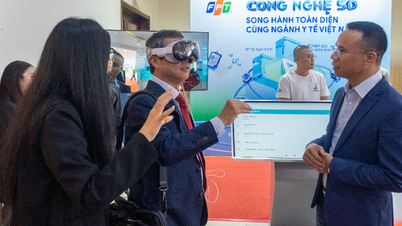






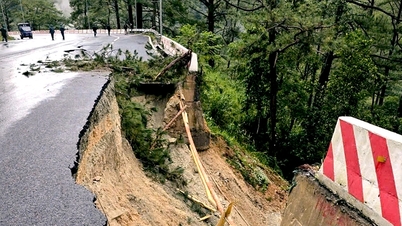






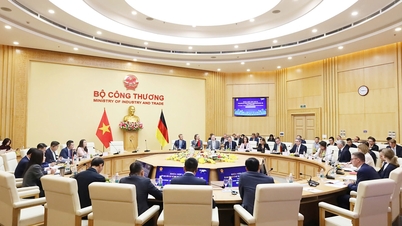









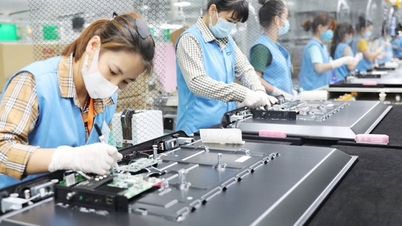







































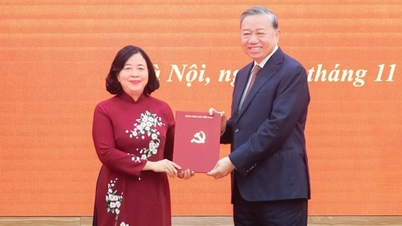


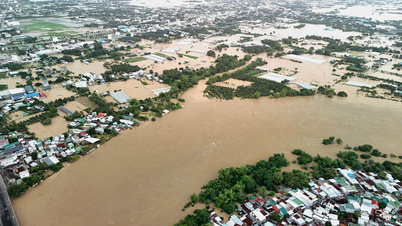






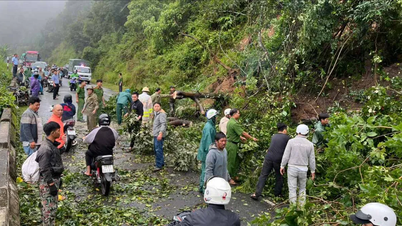







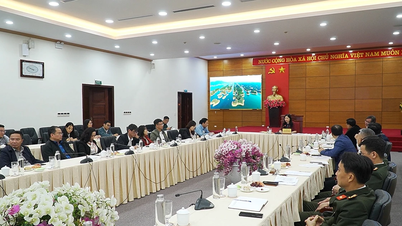















Comment (0)